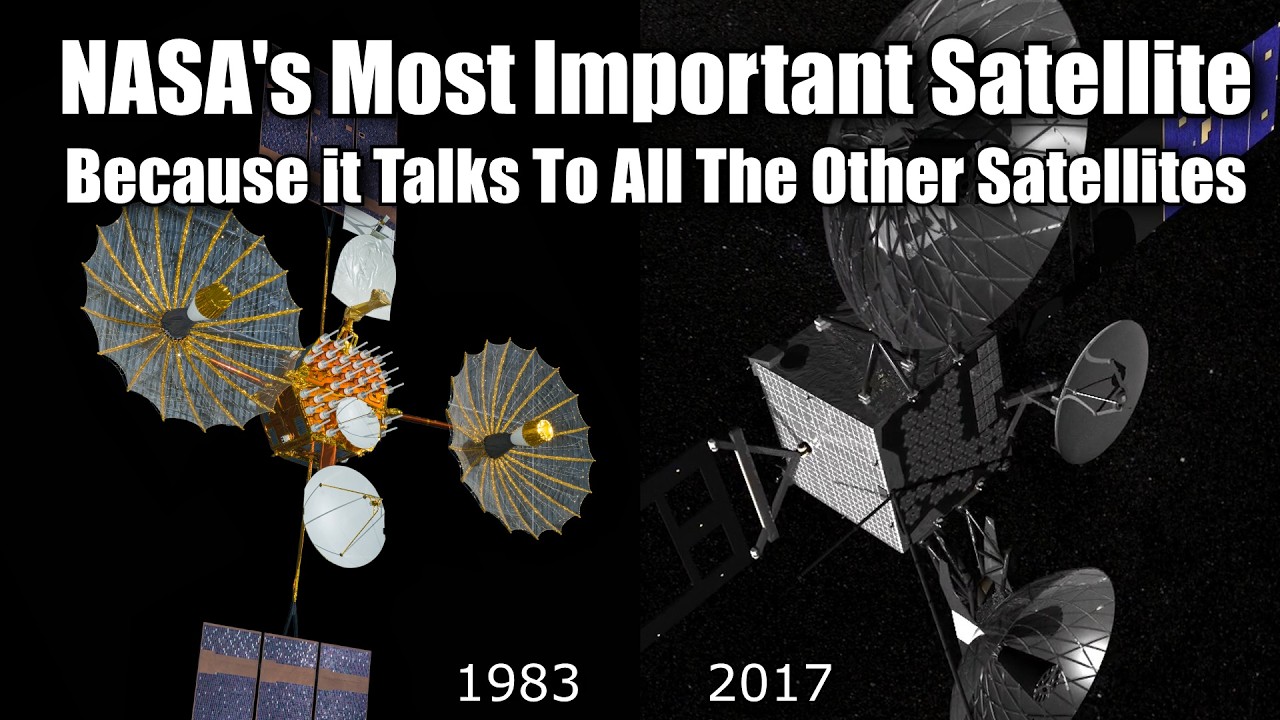One of the major expenses and complications in operating space missions in low Earth orbit is maintaining communications with spacecraft as they orbit the Earth. In a low orbit, a satellite stays above the horizon for only around 15 minutes per orbit, so a large number of ground stations are required to maintain regular communications. If the satellite is in an inclined orbit, the longitude of its path over the Earth changes every orbit, requiring even more ground stations. For early NASA manned space flights, tracking and communication stations were set up all around the world, including on ocean-going ships and aircraft, to provide regular coverage and, even then, there were dark regions where no communications were possible.
To address the communications problem in the coming Space Shuttle and Space Station era, in the 1970s NASA developed the Tracking and Data Relay Satellite System (TDRSS) with multiple large relay satellites in geostationary orbit that support multiple communication links between satellites in lower orbits and ground stations.
The first TDRS satellite was launched by the Space Shuttle Challenger in April, 1983 and over the years additional satellites were added, including improved second and third generation models, providing global coverage, continuous communication, and high bandwidth data links for scientific and military reconnaissance satellites.
Russia and Europe now operate comparable satellite relay systems, and India plans to join the club in 2024.
